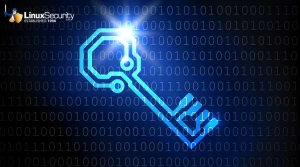Admins Receive Automated Linux Patch Management & Improved Security with ManageEngine Endpoint Central
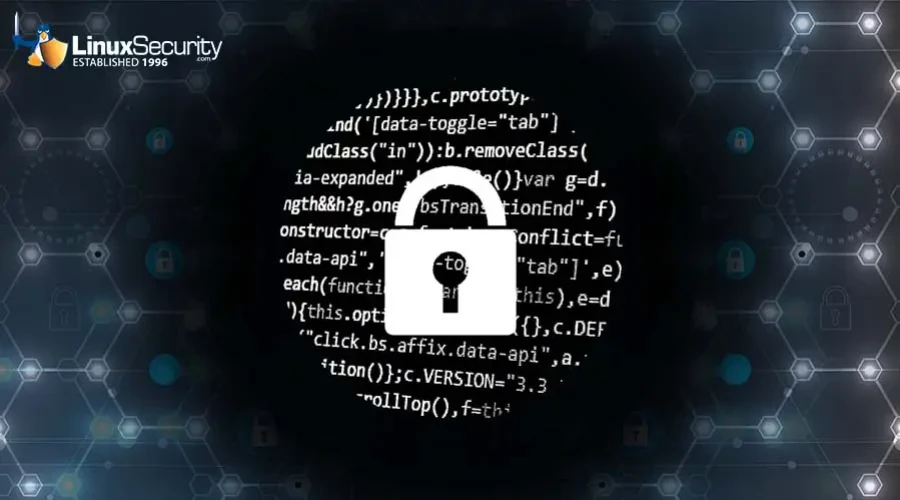
Although patching endpoints is exhausting and redundant, Linux admins must do so when keeping up with the latest security upgrades so that their company can maintain and improve security posture frequently. Failure to have robust data and network security patching in place can leave a system vulnerable to exploits in cybersecurity, including infected endpoints and harmful malware integration.
Automating Linux patches can take that stress away from admins while ensuring a server handles all cybersecurity vulnerabilities. ManageEngine Endpoint Central can make the automation process simple, efficient, and effective. In this article, we will share what we learned from ManageEngine representatives about how their services can patch network security issues and stay up-to-date with the latest information security news so they can strengthen your safety measures as needed.
Linux: An Increasingly Popular - and Targeted - OS
Businesses continue to use Linux to power their digital infrastructure due to its universality, dependability, and adaptability. However, too many organizations need to take care of security patching Linux endpoints, which can put users, critical assets, and the brand's image at risk. Not patching services such as Apache or NGINX and third-party software can leave Linux systems with cybersecurity vulnerabilities that make them easy targets for threat actors. Linux OS’s growing popularity and integral role in powering web servers worldwide has made the server more susceptible to ransomware and phishing attacks in network security that can damage valuable data. Linux users must strengthen their data and network security to combat cybersecurity trends. Companies can enhance protection in their third-party applications and Linux kernel so that everything is up-to-date and network security issues occur less frequently. Rotate user credentials regularly, turn off root logins, and educate administrators regarding the latest security news and best practices to keep your business safe.
Linux Endpoint Security & Management Has Never Been More Challenging for the Organization
 Securely and efficiently managing Linux endpoints has never been more difficult for organizations due to the pandemic's heterogeneous workforce, the frequent use of multiple Linux distros within an organization, the prevalence of unpatched third-party applications, and the complexity of security patching. Addressing the security needs for endpoints in the organization and remotely is challenging for admins due to the difference in time zones, bandwidth, and secure authentication modes. With a hybrid/remote work model, organizations need help to strike the right balance between ensuring productivity and maintaining data and network security. The lack of proper bandwidth in remote endpoints, the absence of secure authentication modes such as firewalls or a VPN, and the difference in geographical locations (time zones) make endpoint security increasingly challenging.
Securely and efficiently managing Linux endpoints has never been more difficult for organizations due to the pandemic's heterogeneous workforce, the frequent use of multiple Linux distros within an organization, the prevalence of unpatched third-party applications, and the complexity of security patching. Addressing the security needs for endpoints in the organization and remotely is challenging for admins due to the difference in time zones, bandwidth, and secure authentication modes. With a hybrid/remote work model, organizations need help to strike the right balance between ensuring productivity and maintaining data and network security. The lack of proper bandwidth in remote endpoints, the absence of secure authentication modes such as firewalls or a VPN, and the difference in geographical locations (time zones) make endpoint security increasingly challenging.
Moreover, unifying and prioritizing security updates across many organizations running multiple Linux distros in the network can be difficult. Third-party applications that need upgrades can make downloads even more taxing on workers. Still, failure to keep these applications updated at all times can lead to exploits in cybersecurity as severe as ransomware attacks. Implementing all patch management stages for your company can take time and effort, but automation services like ManageEngine can improve security posture behind the scenes.
ManageEngine Digital Marketing Analyst Sylvester Jayan states, "Despite the many advantages of open-source Linux, creating a robust patching strategy may be challenging. So, patching continues to remain a significant hurdle for many businesses."
Here are some of the various obstacles Linux users face in managing cybersecurity:
- Excessive red tape: Some patches undergo testing stages from various teams before clearance.
- Lack of staff: Organizations may need more funds for a dedicated team, and workers could have difficulty juggling their responsibilities and Linux patch management.
- Pain in patching: Security patching is repetitive, time-consuming, and resource-intensive.
- Resistance from end users: End users seek convenience and do not want to restart their devices to update the latest cybersecurity trends.
- Fear of breakage: Admins worry about facing technical glitches once new updates get installed, so workers might delay patching or follow the n-1 patching method.
Automating Linux patch management can take care of these security patching concerns.
What Is Required to Secure Linux Endpoints Against Modern Threats?
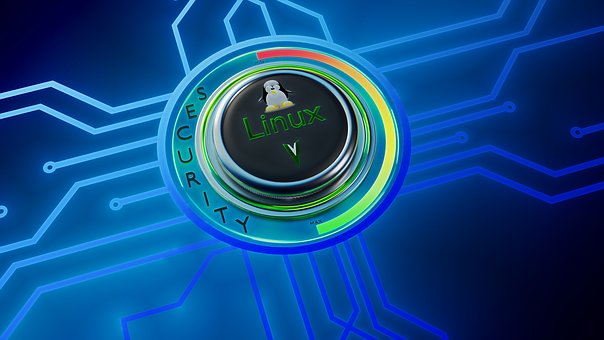 Securing Linux endpoints against today's advanced attacks in network security requires a defense-in-depth approach. No security feature or mechanism can defend against sophisticated and evasive network security threats like ransomware and fileless malware. Organizations should prioritize the following critical areas in their Linux endpoint security solutions:
Securing Linux endpoints against today's advanced attacks in network security requires a defense-in-depth approach. No security feature or mechanism can defend against sophisticated and evasive network security threats like ransomware and fileless malware. Organizations should prioritize the following critical areas in their Linux endpoint security solutions:
- Patch management: Keep cybersecurity vulnerabilities at bay by implementing security patching on third-party applications and the OS to quickly mitigate bugs and network security issues.
- Reducing SSH attack surfaces: Harden Secure Shell (SSH) access methods in Linux endpoints via least privileged access, host-based firewalls, and so on to prevent the chances of an attack.
- Disabling irrelevant services: Turn off unused or unnecessary services with endpoint hardening to prevent threat actors from enabling and leveraging those options.
- Monitoring root accounts: Use strong passwords, rotate passkeys frequently, and monitor accounts occasionally.
- Auditing sessions: Record terminal sessions so that cloud security audits can use them as playbacks in the event of a security incident.
Fortify endpoints across organizations by deploying a reputable unified endpoint management and security solution that addresses these areas. Improve security posture with these solutions so that companies can stay safe.
Admins might resist utilizing specific solutions in the market since they may need to be more intuitive and user-friendly. Additionally, mergers and acquisitions can drastically increase a solution's features overnight, making communication between different back-end processes and workflows challenging. Also, most vendors need more pricing transparency before deciding about automated endpoint solutions.
Effective Linux Patch Management Is Critical to Robust Security, Yet Too Often Overlooked
Effective Linux patch management is essential to maintaining a strong security posture and preventing attacks in network security. Detecting, downloading, testing, approving, and installing new or missing patches for Linux devices within a network gives users a centralized view of the applicable endpoint Linux patches. Classify a system as “Vulnerable,” “Highly Vulnerable,” and “Healthy” so that companies can implement the appropriate measures to keep the network safe from cyberattacks.
Keeping Linux endpoints up-to-date is critical, as Linux software updates include cybersecurity vulnerability fixes, better hardware compatibility, and improved stability. In some cases, these significant changes enhance the user experience overall. If you delay security patching, you can miss out on all of these new features and improvements, presenting your company to malicious hackers who can create network security issues that infect your machine with malware and compromise your business.
Key Benefits of Automating Linux Patch Management
Admins and organizations can ensure that endpoints remain up-to-date with the latest Linux security patching by implementing a unified automated endpoint management and security solution like ManageEngine Endpoint Central. Such operations conserve time and energy so businesses can put their focus elsewhere.
Here are the notable benefits organizations will see when automating data and network security:
- Enhanced security: Mitigate Zero-Day attacks and other critical cybersecurity vulnerabilities by preventing delays in patch deployment.
- Elimination of redundancy: Automate downloads, tests, deployments, and reports so you can negate repetitive security tasks.
- Prevention of manual errors: Avoid network security issues due to poor configurations through automated patch management that can prevent the regulation of such errors.
Secure Linux Endpoints Against Vulnerabilities & Attacks with ManageEngine Endpoint Central

ManageEngine Endpoint Central helps admins responsible for controlling network devices increase efficiency by automating network device activities and managing heterogeneous OSs from a single console.
Here are the features Endpoint Central offers to assist your enterprise:
- Asset management: Access real-time information about the hardware and software used across the organization, along with web-based inventory management.
- Patch management: Ensure that all Linux machines on your network are up-to-date with Endpoint Central’s end-to-end critical or recent security patching and non-security updates (RedHat, Ubuntu, CentOS, Debian, Oracle, and SUSE machines) that total over 250 OS upgrades.
- Software deployment: Distribute, install, update, and uninstall software applications remotely and automatically in seconds with Endpoint Central’s 38,000+ Ubuntu and 200+ Debian predefined application templates.
- Configurations: Execute custom scripts to perform repetitive administrative tasks efficiently, install or uninstall patches and software as per convenience, and display messages to target users.
- Remote control: Access computers on LAN and WAN using Active X and HTML5 Viewer (Note: Remote control will only work if the X Window GUI component is available in agent computers). Privately manage devices and perform repairs with one-click desktop sharing.
- Vulnerability assessment & remediation: Perform tests and mitigations in minutes.
- Insightful desktop management reports: Gain access to comprehensive reports on asset details, patch management, software deployment, network inventory, Active Directory report information, and custom reports.
Jayan explains, "Endpoint Central is a great fit for IT executives who are looking to consolidate all of their endpoint management and security. Our dashboard is our single source of truth that lets you manage end-to-end IT from a single portal." He elaborates, "Our solution is also ideal for organizations that lack IT resources and expertise. Getting up and running with Endpoint Central is possible within a few weeks, even with zero technical knowledge."
Endpoint Central Automated Linux Patch Management: An Easy & Effective Way to Stay on Top of Linux Security Updates
Automating Linux patch management is simpler than ever with ManageEngine Endpoint Central. Endpoint Central provides solutions for Linux patch management that keep Linux network devices up-to-date, mitigate critical network security threats, and ensure no cybersecurity vulnerabilities are present. Admins can completely automate the process for zero downtime, allowing for increased productivity and compliance. Endpoint Central offers automatic and manual security patching, as it has a streamlined patch management process to ensure no system is left unpatched.
Here are the variety of critical features Endpoint Central provides to improve Linux patch management:
- The updated vulnerability database supports Linux patches within 24 hours of release.
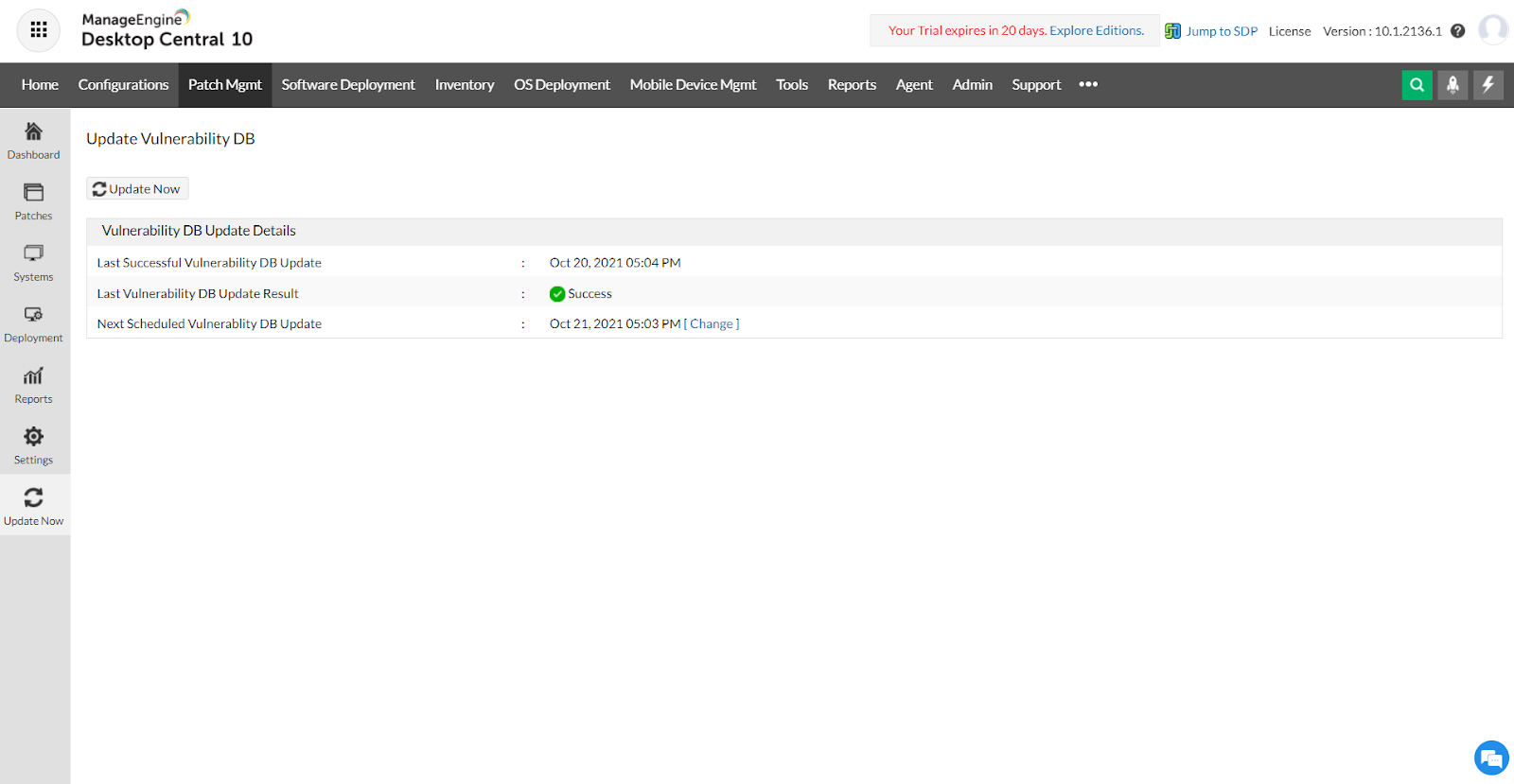
- Discern how vulnerable your network is at a glance with the system health policy.
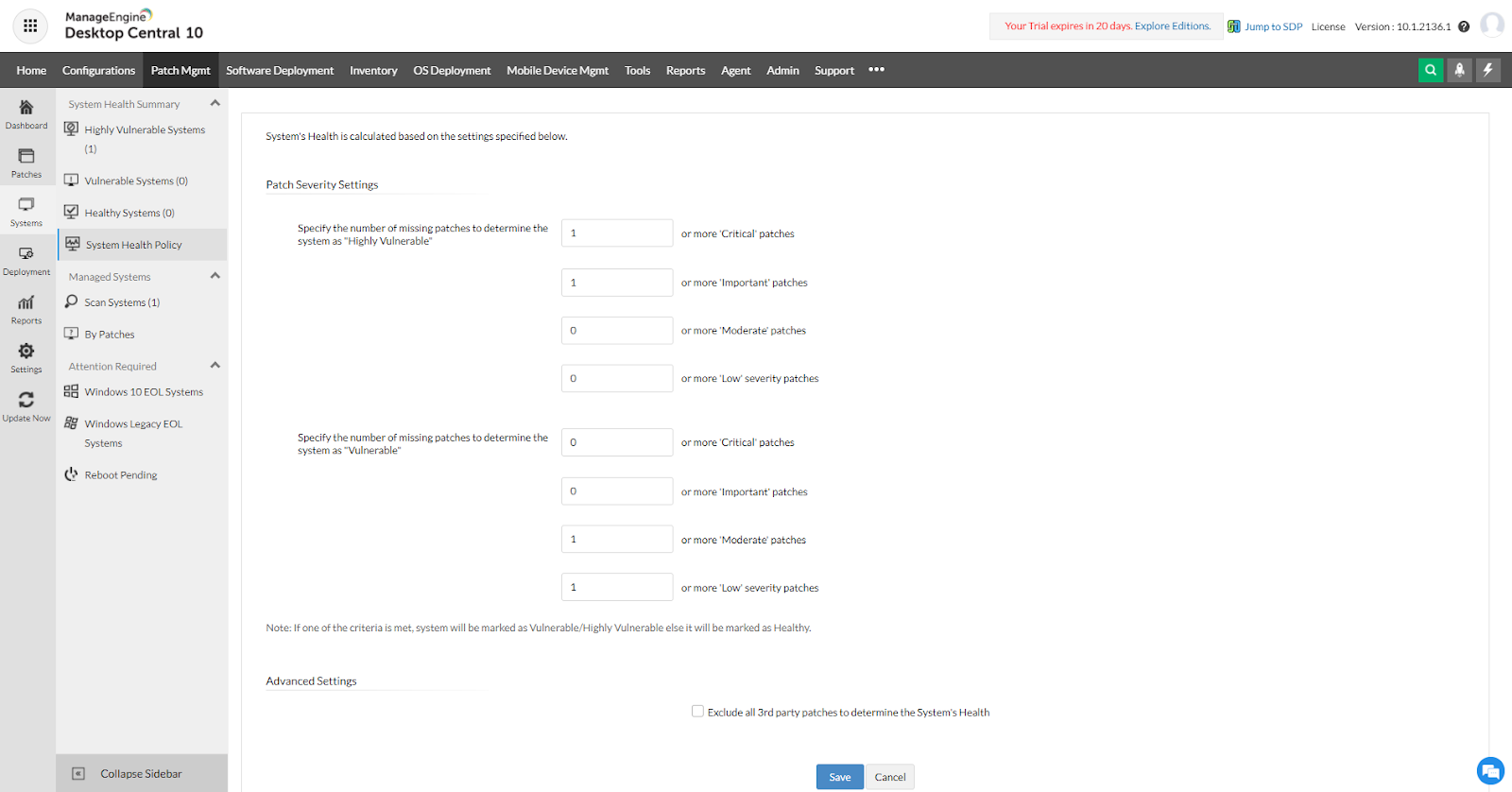
- Disable automatic updates to control your installed network patches completely.
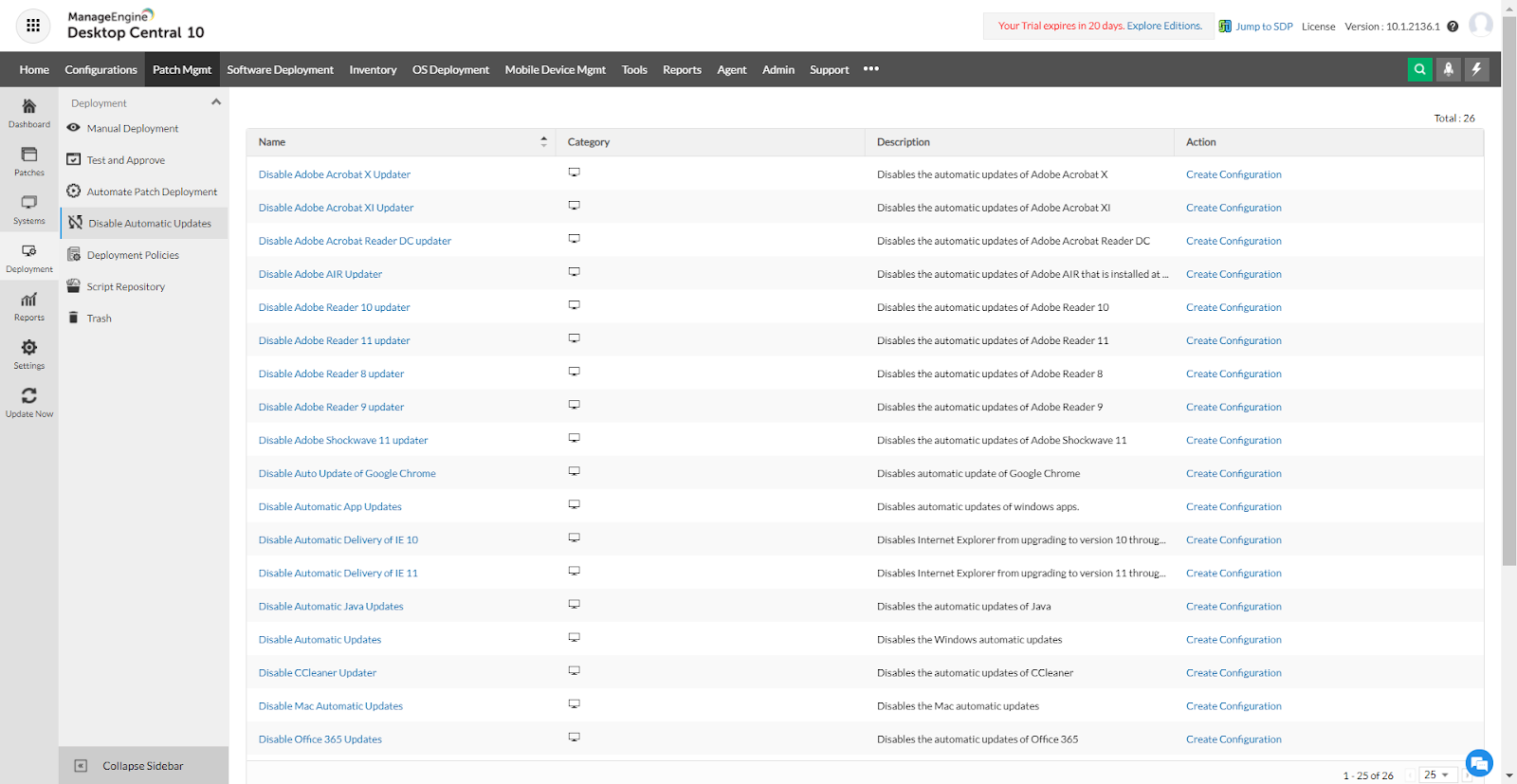
- Test & approve patches so none of your network systems face downtime.
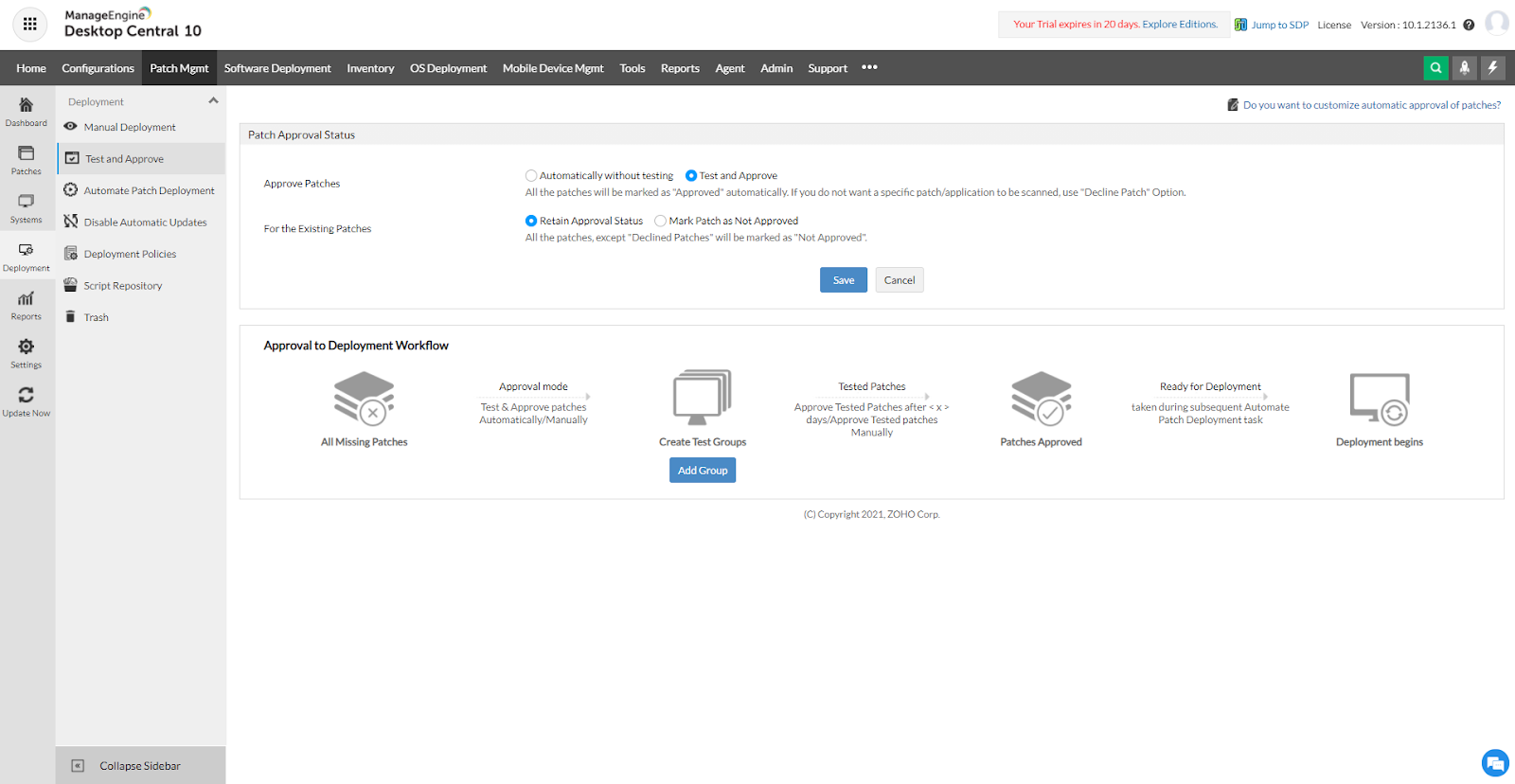
- Schedule patch deployment during off-hours to prevent interference with daily tasks.
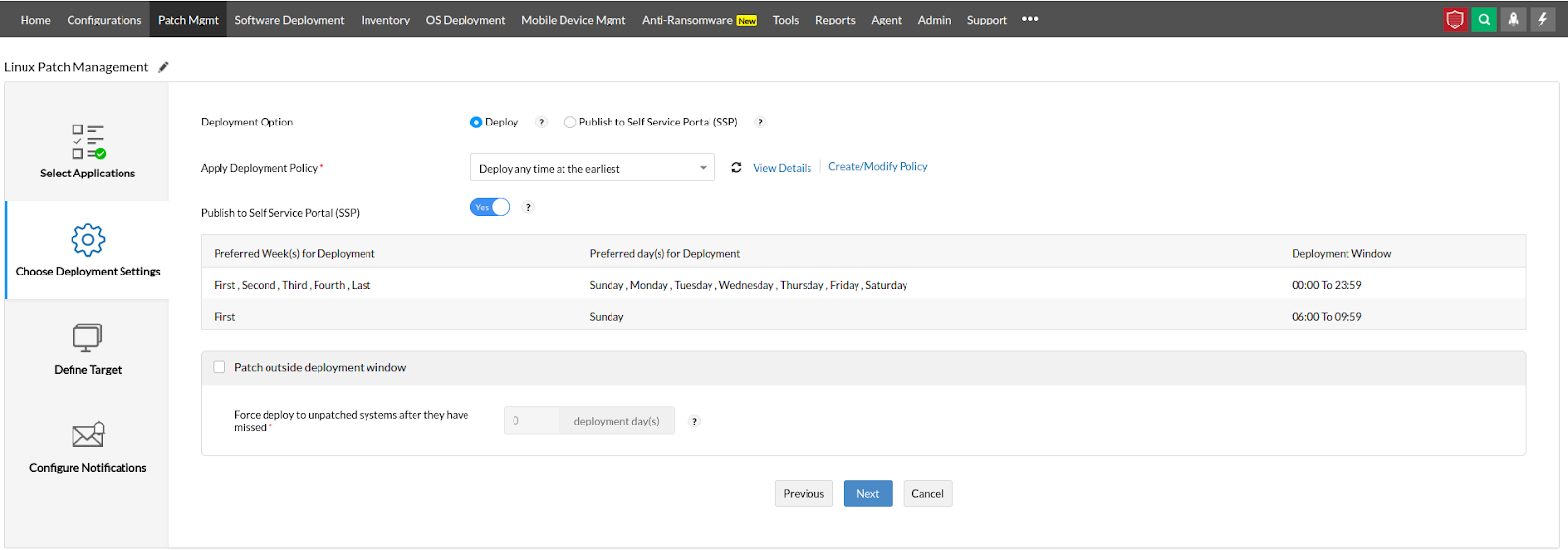
- Automate Endpoint Central in just four minutes!

- Deploy the latest cybersecurity trends and updates with a recurring task automation setup, cutting down manual intervention and errors.
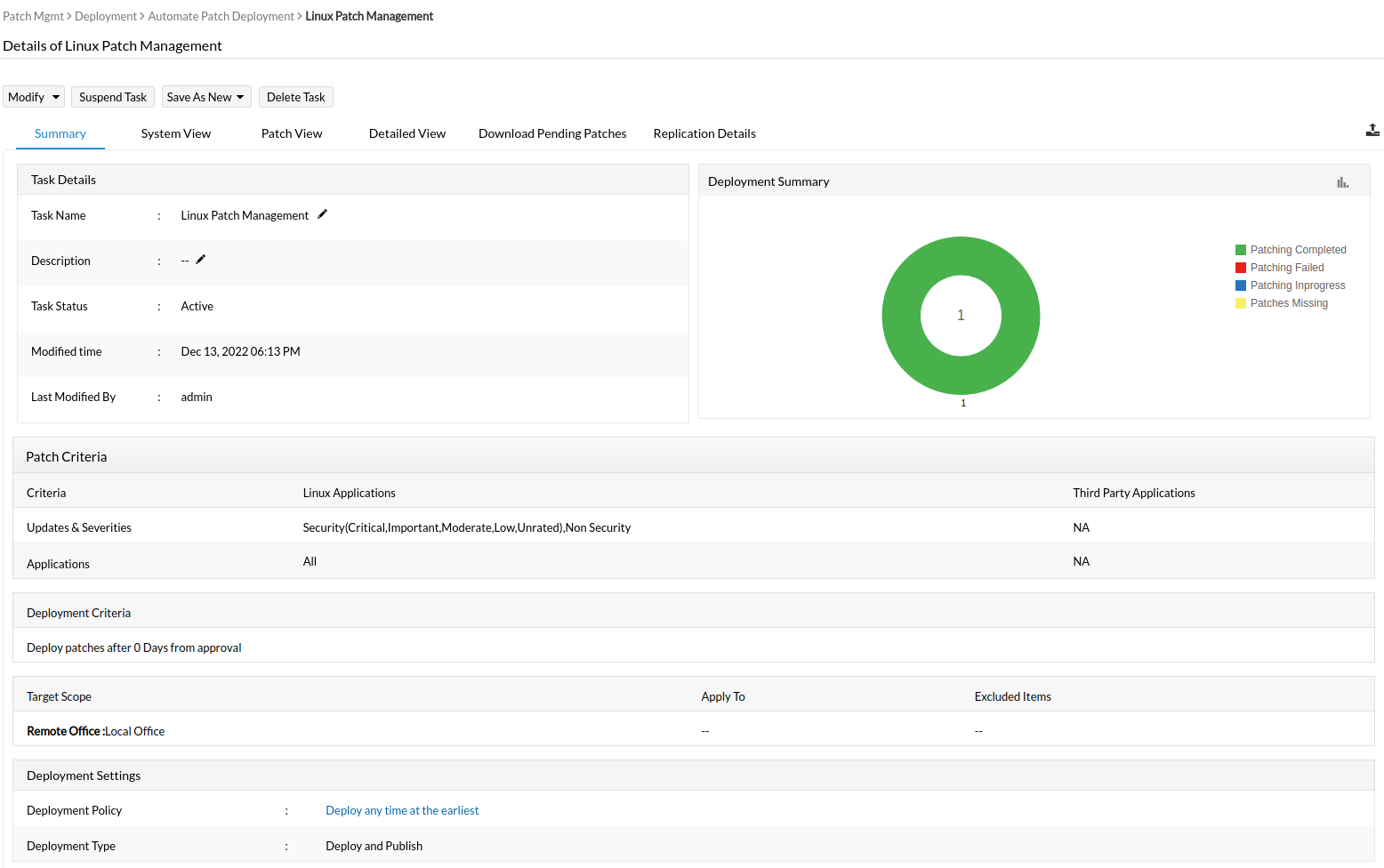
- Install patches using Endpoint Central's mobile app.
- Gain insights by viewing detailed reports regarding network and patch compliance.
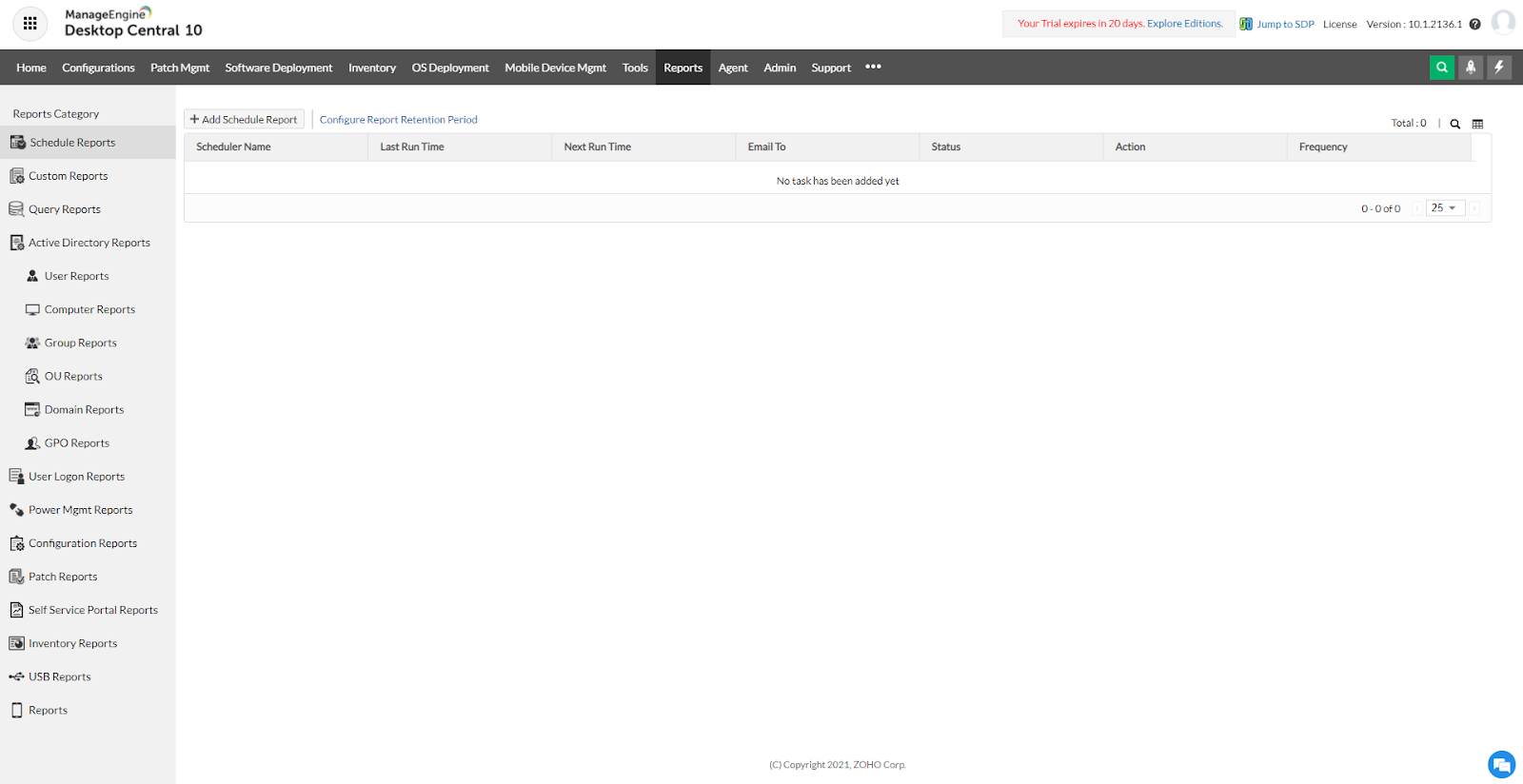
- Support Operating Systems like Windows, Mac, Linux, and more you can find here.
Jayan elaborates, "System administrators can automatically apply updates missing from their network devices using Endpoint Central's Automate Patch Deployment (APD) capability, without user involvement. APDs make sure there are no delays in patch delivery. Complete other, more crucial duties in the time your company saved using automation. Security updates, non-security updates, updates from third parties, and updates for antivirus software can all deploy automatically."
Endpoint Central's Automated Patch Deployment (APD) capability benefits organizations:
- Deployment and distribution adjustments help tighten security.
- Apply authorized patches directly following their download without having to wait.
- Every time your system disconnects from the server, agents automatically inspect your system upon refreshing and reconnecting to implement cybersecurity vulnerabilities and security patching immediately. Agents can contact the server every 90 minutes.
- Agents continue deployment until they take care of all data and network security issues and their patches to meet the APD requirements.
Our Final Thoughts on Automating Linux Patch Management & Improving Security
The rise in attacks in network security on Linux has made effective Linux patch management critical in establishing and maintaining a solid cybersecurity strategy. Automating patch management can improve security posture and optimize efficiency by making security patching seamless and easy. ManageEngine Endpoint Central offers unified endpoint management and data and network security, including automated Linux patch management, enabling admins and organizations to optimize time and resources simultaneously with overall protection.




